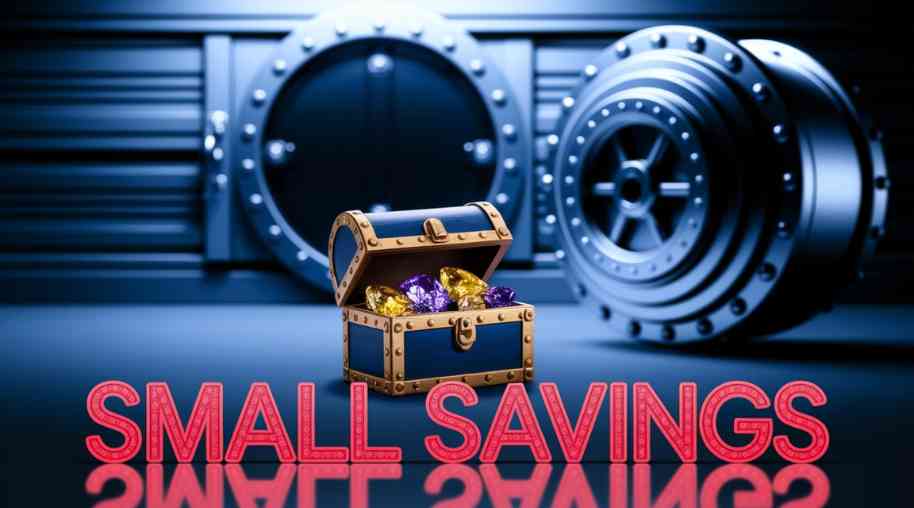WWW Full Form-World Wide Web
by Shashi Gaherwar
0 3033
The World Wide Web (WWW): Transforming Digital Communication
The World Wide Web (WWW) is a cornerstone of modern digital communication, enabling billions to access and share information online. Invented by Tim Berners-Lee in 1989, the web transformed the internet into a vast network of interconnected websites, driving innovations in e-commerce, social media, education, and more.

This article explores the history, structure, functioning, and societal impact of the World Wide Web.
History of the World Wide Web
The development of the World Wide Web traces back to the late 20th century, marked by key milestones:
- 1989 – The Invention: Tim Berners-Lee, a British scientist at CERN, proposed a hypertext-based system to share research documents among scientists.
- 1990 – The First Webpage: Berners-Lee created the first website (info.cern.ch) and developed core technologies like HTML (HyperText Markup Language), HTTP (HyperText Transfer Protocol), and URL (Uniform Resource Locator).
- 1993 – The First Web Browser: The launch of Mosaic, the first graphical web browser, made the web accessible to the public.
- 1994 – The Rise of Commercial Websites: Companies began launching websites, sparking the growth of e-commerce and online advertising.
- 2000s – Web 2.0 and Social Media: Interactive websites, social networking, and user-generated content transformed the web into a participatory platform.
- Present – Web 3.0 and Beyond: The web evolves with AI-driven search engines, decentralized platforms (blockchain), and immersive technologies like AR/VR.
How the World Wide Web Works
The World Wide Web operates through a combination of key technologies:
- Hypertext and HTML: Webpages are built using HTML, which structures content like text, images, and links.
- Web Browsers: Applications like Google Chrome, Mozilla Firefox, and Safari enable users to navigate the web.
- HTTP and HTTPS: HTTP facilitates communication between browsers and servers, while HTTPS ensures secure, encrypted data transmission.
- URLs (Uniform Resource Locators): Every webpage has a unique URL serving as its digital address.
- Search Engines: Platforms like Google, Bing, and DuckDuckGo index millions of websites to help users find information.
The Evolution of the Web
The World Wide Web has evolved through distinct phases:
- Web 1.0 – The Static Web (1991-2000): Early websites were static, text-based, and offered minimal interaction, allowing users to only consume information.
- Web 2.0 – The Social Web (2000-Present): Enabled by technologies like JavaScript, AJAX, and APIs, this phase introduced dynamic, interactive websites, social media, and user-generated content.
- Web 3.0 – The Intelligent Web (Emerging): Leverages AI, blockchain, and decentralized applications to enhance data privacy, personalization, and automation.
The Impact of the World Wide Web
The World Wide Web has profoundly shaped society and technology:
- Digital Communication & Information Sharing: Emails, blogs, and platforms like Wikipedia enable instant global knowledge sharing.
- E-Commerce and Digital Businesses: Companies like Amazon, eBay, and Shopify revolutionized online shopping, with digital advertising fueling growth via platforms like Google Ads.
- Social Media and Networking: Platforms like Facebook, Twitter, and LinkedIn foster connections, influencer marketing, and online communities.
- Education and E-Learning: Platforms like Coursera, Udemy, and Khan Academy provide accessible online education.
- Online Entertainment: Streaming services like YouTube, Netflix, and Spotify, along with online gaming, have transformed media consumption.
- Cybersecurity Challenges: Increased online activity has led to hacking and data breaches, prompting stronger cybersecurity measures and privacy laws.
The Future of the World Wide Web
The World Wide Web continues to evolve with emerging trends:
- Decentralized Web (Web 3.0): Blockchain-based applications aim to reduce reliance on centralized servers.
- Artificial Intelligence Integration: AI-powered search engines, chatbots, and personalized recommendations enhance user experiences.
- Augmented Reality (AR) and Virtual Reality (VR): The metaverse and immersive experiences redefine digital interactions.
- Internet of Things (IoT) and Smart Devices: Connected devices enable seamless automation and real-time data access.
- 5G and Faster Connectivity: High-speed internet improves accessibility, streaming quality, and real-time communication.
The World Wide Web has revolutionized how we communicate, learn, work, and entertain ourselves. From static webpages in the 1990s to AI-driven and decentralized platforms, the web continues to evolve. As we move toward Web 3.0, innovations like blockchain, AI, and the metaverse will create a smarter, more secure, and immersive digital experience. Staying informed about these advancements is essential for navigating the future of the internet.
Further Learning Resources
If you’re passionate about building a successful blogging website, check out this helpful guide at Coding Tag – How to Start a Successful Blog. It offers practical steps and expert tips to kickstart your blogging journey!
For dedicated UPSC exam preparation, we highly recommend visiting www.iasmania.com. It offers well-structured resources, current affairs, and subject-wise notes tailored specifically for aspirants. Start your journey today!

Share:








Comments
Waiting for your comments